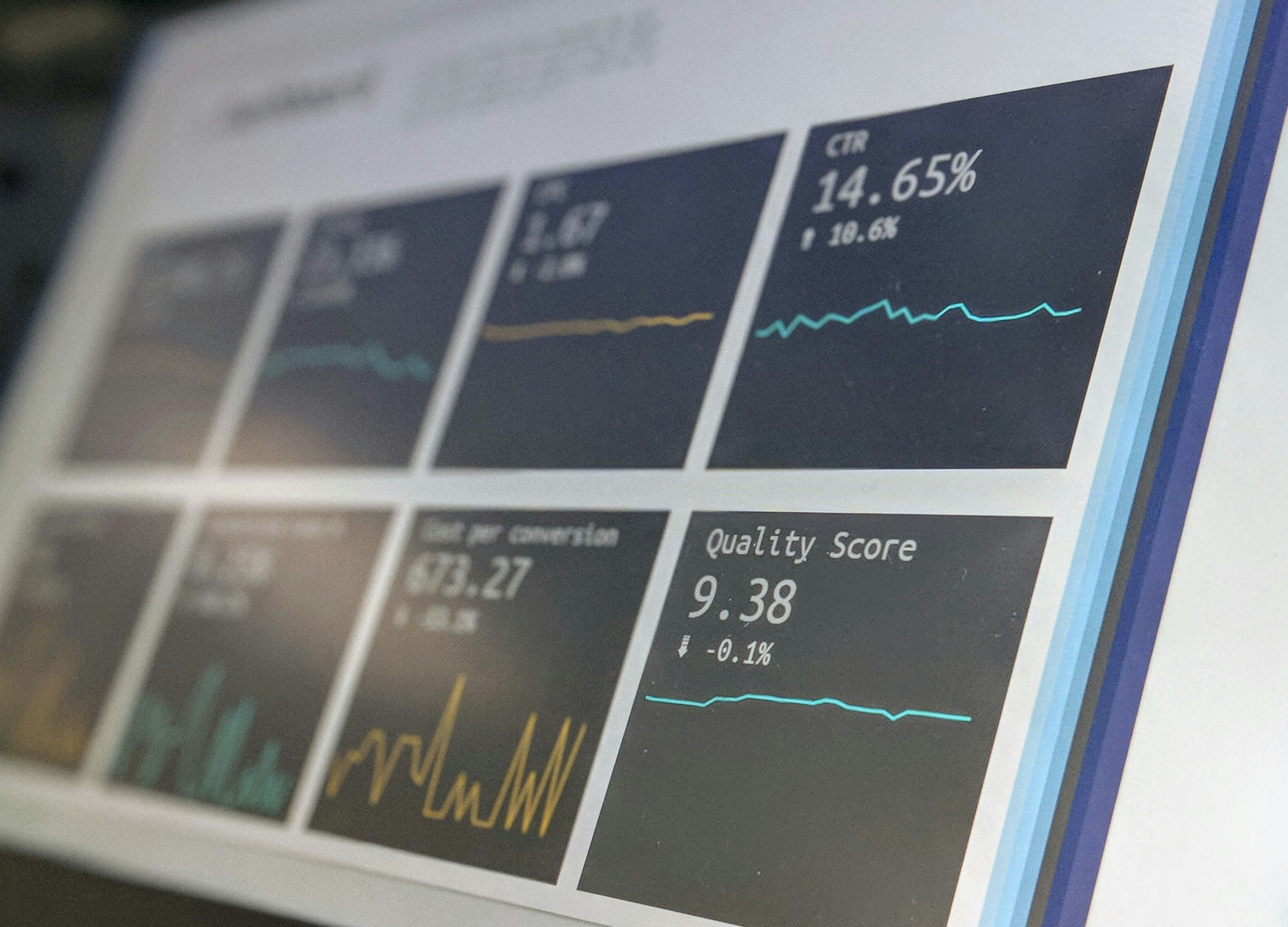Comparative Analysis: ClickHouse vs. Apache Cassandra

Introduction
In the world of big data and analytics, choosing the right database management system is crucial for efficient data storage and analysis. Two popular options that often come up in discussions are ClickHouse and Apache Cassandra. Both are designed to handle high volumes of data and offer powerful features. In this comparative analysis, we will explore the strengths and weaknesses of each system to help you make an informed decision.
ClickHouse
ClickHouse is an open-source columnar database management system developed by Yandex, a Russian technology company. It is optimized for high-performance analytics and is widely known for its exceptional speed and efficiency. Here are some key features of ClickHouse:
-
Columnar Storage - ClickHouse stores data in a columnar format, enabling efficient compression and fast query execution. This storage layout is ideal for analytical workloads that involve aggregations and complex queries.
-
Scalability - ClickHouse is built to scale horizontally, allowing you to add more servers to your cluster as your data grows. It can handle petabytes of data and support high throughput with low latency.
-
Real-time Analytics - ClickHouse provides near real-time data processing capabilities, making it suitable for applications that require timely insights. It supports materialized views, which allow you to precompute aggregations for faster query responses.
-
SQL Compatibility - ClickHouse supports a subset of SQL, making it easier for developers to work with. It also offers support for multiple data formats, including JSON and CSV.
Apache Cassandra
Apache Cassandra is a distributed NoSQL database management system known for its ability to handle massive amounts of data across multiple commodity servers. It was initially developed by Facebook and later open-sourced. Here are some key features of Apache Cassandra:
-
Distributed Architecture - Cassandra is designed to be distributed across multiple nodes, providing fault tolerance and high availability. It uses a decentralized peer-to-peer architecture, where each node is independent and equal.
-
Linear Scalability - Cassandra allows you to scale horizontally by adding more nodes to the cluster. It follows a "shared-nothing" architecture, where data is evenly distributed among nodes, making it highly scalable.
-
High Availability - Cassandra ensures high availability through its distributed nature and data replication. It supports multiple data centers, allowing you to have data redundancy and minimize the impact of failures.
-
Flexible Data Model - Cassandra offers a flexible data model, allowing you to store and retrieve data based on a key-value structure. It supports complex data types like lists, maps, and sets, making it suitable for applications with variable schema requirements.
Comparative Analysis
Now let's compare ClickHouse and Apache Cassandra based on certain criteria:
-
Data Storage: ClickHouse stores data in a columnar format, which is more efficient for analytical workloads. Cassandra, on the other hand, uses a row-oriented storage model, making it better for transactional workloads.
-
Query Performance: ClickHouse's columnar storage and optimized query execution engine provide faster query performance, especially for analytical queries involving aggregations. Cassandra performs well for simple read and write operations but may not be as efficient for complex analytical queries.
-
Scalability: Both ClickHouse and Cassandra are highly scalable. However, Cassandra's decentralized architecture and shared-nothing approach make it more suitable for extreme scalability requirements.
-
Data Consistency: ClickHouse guarantees eventual consistency, meaning that it may take some time for data changes to propagate across all replicas. Cassandra offers tunable consistency, allowing you to configure the level of consistency per request.
-
Ease of Use: ClickHouse provides SQL compatibility, making it easier for developers familiar with SQL to work with. Cassandra uses its own query language called CQL (Cassandra Query Language), which has a learning curve for those new to it.
Conclusion
In conclusion, both ClickHouse and Apache Cassandra are powerful database management systems offering unique features and strengths. ClickHouse is exceptional for high-performance analytics with its columnar storage and real-time processing capabilities. On the other hand, Cassandra shines in distributed architectures and extreme scalability.
Choosing between ClickHouse and Apache Cassandra ultimately depends on your specific use case and requirements. If you mainly deal with analytical workloads and require real-time insights, ClickHouse may be the better option. If you prioritize extreme scalability and fault tolerance, Cassandra might be the right choice.
Ultimately, evaluating factors such as data storage, query performance, scalability, data consistency, and ease of use will help you make an informed decision. Consider the nature of your data, the volume and velocity of your workload, and the skills of your team before making a final choice.